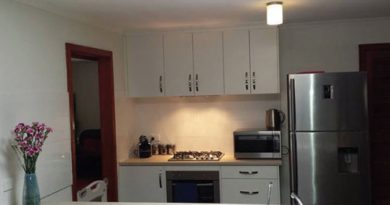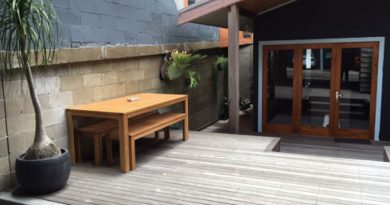How to know if your investment property is no longer profitable
Property investment is a good way to generate some long-term income – based on ASX data from 2018, Australian residential investment properties have returned 8% and 10% over the past 10 and 20 years respectively. But there is much debate in the industry at the moment as to whether property investment remains a solid strategy, with falling house prices accompanied by potentially game-changing legislative changes in the near future.
So if you do decide to invest in property, it pays to know when and how your investment property becomes unprofitable.
How you can lose money on an investment property
To work out if your investment property is losing money, just look at your rental income and subtract the expenses you’re paying just to own and maintain the property. These expenses might include:
- Your loan repayments (the big one)
- Property expenses (cleaning, gardening, pest control, insurance etc.)
- Expenses for repairs
- Strata, land and body corporate fees
Let’s say you generate $2,500 a month in rental income, but due to the loan you took out to buy the property your monthly loan repayments are also $2,500. A sensible property investor sets aside money each month for each of the key points listed above: if each of these were to cost $200 each on average per month, your total monthly expenses would be $3,100 – $600 more than the income you receive, which means you are currently making a loss on that property.
Losing money doesn’t mean unprofitable
Losing money in the short-term doesn’t mean you should pack it up and sell. For starters, the ATO states that rental property expenses are tax deductible, which can certainly help offset some of your losses. Furthermore, both the value of the property itself and the median rental income in that area can increase, meaning you can charge a higher price for rent in the future and potentially sell the house for much more than you bought it for.
An investment property becomes unprofitable when there’s no real chance of you actually selling the property for a profit, which can be very tough to gauge. You can get a property valuation done to find out roughly how much your property is worth, but these aren’t always 100% accurate. If your rental property has decreased in price, you can either:
- Sell it now and accept the loss
- Hold onto it and hope it increases in price due to either market factors or improvements you plan on making.
If there’s a strong likelihood of capital growth on your property in the near future, it might be worth holding onto for the time being. Ideally, you’d want to have more than one property in your investment portfolio to mitigate the risks of one underperforming – one property losing money can be offset by another two making a profit. But if one property has consistently returned poor results over a few years, it’s probably best to cut your losses and sell.
Your investment property being unprofitable might not be a problem if you plan on living in the house after you’ve finished renting it out. Each property is different, so you might want to consider asking a financial advisor to get their advice.
What about negative gearing?
Negative gearing is a popular tax minimisation strategy among investors – when your income is less than the property’s expenses, you can reduce your taxable income which, in turn, reduces the amount of tax you pay. Positive gearing, by comparison, is when your income is greater than your expenses and will require you to pay tax on your rental profits.
But a tax break can’t save you from a poorly performing investment property despite what you might have heard – you’re still losing money. Plus, relying on negative gearing leaves you at the mercy of our politicians. Labor leader Bill Shorten has promised a major shake-up of both negative gearing and capital gains tax breaks to come into effect as late as mid-2020, where negative gearing will end entirely for all except new homes. This isn’t set in stone however, so who knows what might happen. But the removal of negative gearing could be quite harmful to a lot of property investors.
Author Bio:
William Jolly is a Finance Journalist, previously working for Canstar and now for Savings.com.au. His work aims at improving Austrlians’ financial literacy and providing them with resources on how to save more in their everyday lives.




